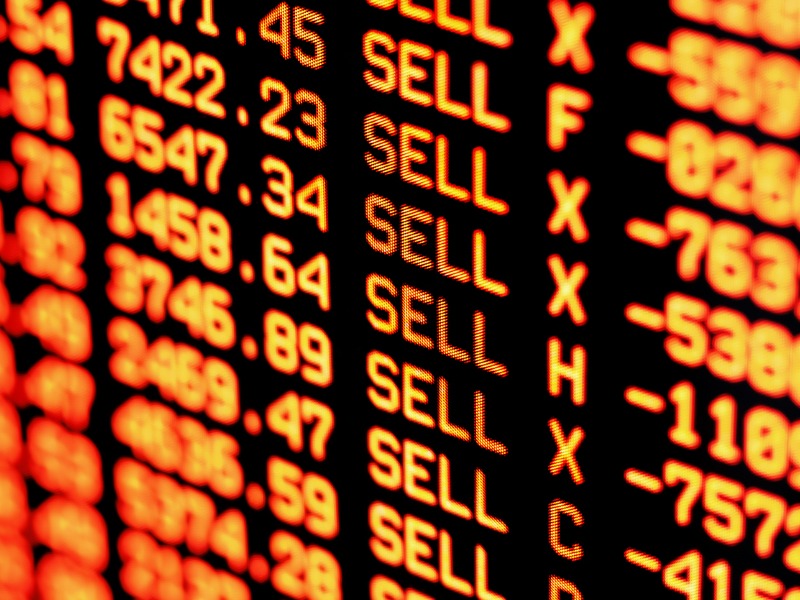
Appealing to investors’ love of storytelling, thematic ETFs have thrived in recent years, with new products focused on niche themes drawing billions in assets. But a new report shows many investors chase performance in themes, buying high and holding on for too long.
Thematic ETFs provide exposure to niche investing themes such as blockchain technology, cannabis companies, artificial intelligence and cybersecurity. The idea is often to provide access to a societal trend without having to select a single company.
According to National Bank Financial, assets in thematic ETFs grew from $2.6 billion at the end of 2019 to $11.8 billion at the end of 2022. While ESG ETFs account for roughly two-thirds of total assets, inflation-related themes such as infrastructure and agriculture garnered significant interest last year.
Part of thematic ETFs’ appeal, according to a report from Purpose Investments, is their storytelling.
“They are exciting, even fun to talk about,” Purpose chief market strategist Craig Basinger wrote. “Certainly more exciting than a North American dividend ETF that focuses on free cash flow, dividend health and growth. Yawn.”
Purpose analyzed the 50 largest U.S.-listed thematic ETFs and found they’re anything but boring. From January 2019 to January 2023, the top performing thematic ETF (focused on clean tech) had a 29% annualized return, while the worst (focused on marijuana) was down 38% on an annualized basis.
“With this kind of divergence in performance, picking the right thematic ETF is really important,” the report said.
The biggest hurdle, however, is timing. Even if investors have correctly identified a long-term secular trend, valuations will affect the fund’s performance.
The report used the example of electric vehicle adoption, which continues to rise. One leading ETF in the space recorded returns of 62% in 2020, 28% in 2021 and -34% in 2022.
“Clearly, the market prices of companies levered to this trend enjoyed good times and bad times, even as adoption has continued relatively unabated,” it said.
The 29 biggest U.S.-listed thematic ETFs that have been around for at least four years have returned about 10% per year, the report found. But the internal rate of return, based on when investors purchased the ETF, is closer to 1%.
That’s because 50% of flows into these products occurred when their prices were at their highest, the report said.
“It would appear the missing ingredient for successful thematic investing is a sell discipline,” the report said.
“The trend may last for years or decades,” but the companies’ valuations can be extremely high at some points and much lower at others.
A report from Morningstar last year noted an increase in new thematic investing funds in Canada in 2021.
Thematic funds charge higher fees on average, the report found, with the difference most pronounced among passive funds. And those elevated fees contribute to poor performance over longer periods.
Over three years, about half of thematic funds in Canada survived and outperformed the Morningstar Global Markets Index; over five years, the success rate dropped below 20%.
Thematic funds can be a useful way to add exposure to long-term trends, the Purpose report said, as well as some excitement. But investors should watch their entry point.
“Even if the world is going to change, trees don’t grow to the sky,” it said. “And if euphoric excitement is already evident, you may be late to the party.”